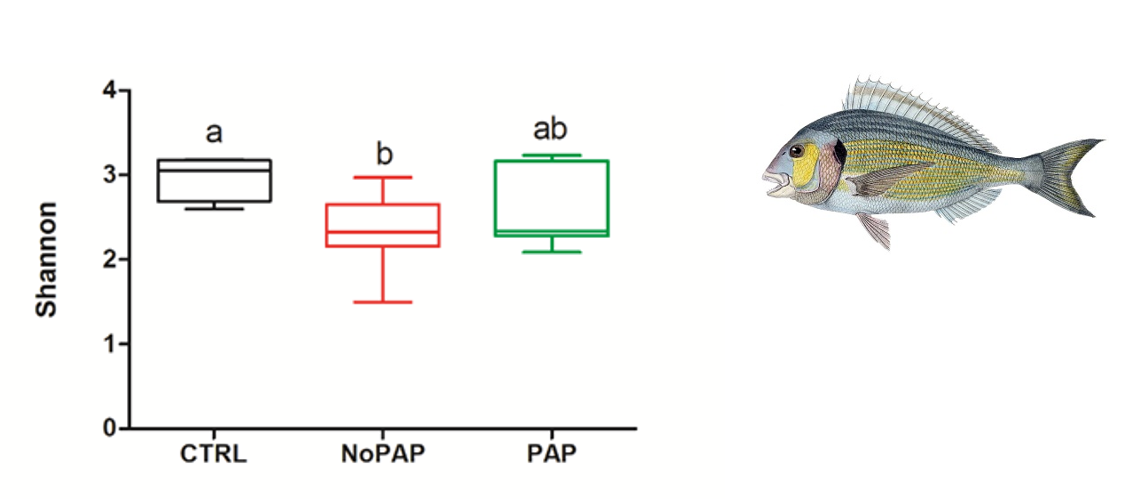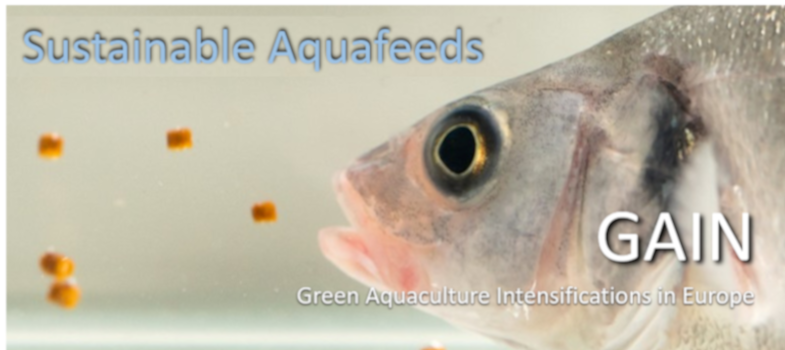Microbiome analysis
Microbiological analysis of the intestinal bacterial community is increasingly used in aquaculture nutrition studies. There are different methodologies/tools to do this, one of the most used at the moment is high-throughput sequencing (HTS) followed by bioinformatics analysis.
The bacterial community can be considered a biological marker since the plasticity of the abundance of bacteria in the intestine of fish and shrimp varies according to several factors such as different diets, additive supplementation, or the use of probiotics. However, the biggest challenge for nutrition researchers is to ensure a correct assessment of the feed implications on the host microbiome, and its relationship to the ingredients/additives/probiotics under study.
Among the factors that interfere with the intestinal microbiota, diet is a key factor that has a great influence on the modulation of the intestinal bacterial community. The variation in the microbiota after feeding with food additives or probiotics can influence, in addition to the microbiome, many physiological and immunological characteristics of animals, and is being increasingly studied.
As an example, in the GAIN project, in an experiment with gilthead seabream where three diets were tested, the diet called NoPAP induced a slight decrease in fish microbial diversity (by the so-called “Shannon estimate”) when compared to a control diet:

Figure 4. Microbial diversity
(Shannon estimate) in the intestine of gilthead seabream fed a Control (CTRL) and
two novel aquafeed formulations.
In general, a decrease of diversity is pointed to as a non-desired result in the fish microbiome. The high intestinal microbiome diversity is normally positively correlated to the health status of the fish because it decreases the chance of opportunistic pathogenic bacteria to proliferate and cause damage to the host intestinal tract. However, such an eventual negativeeffect of the NoPAP diet on the microbial community of seabream still needs to be confirmed, and once no negative effects of this diet in growth or general fish health could be detected in the study. This is currently being further studied by a gene expression study in the seabream intestine.
An ultimate benefit from performing microbial analysis in nutritional studies is to identify bacteria that bring benefits to the fish, and which may be added in the diet, or its growth favoured by the diet over other less beneficial or even harmful bacteria. These “good bacteria” are called probiotics.
Check out the article here to learn more about the use of probiotics in aquaculture.
